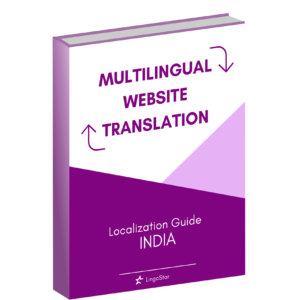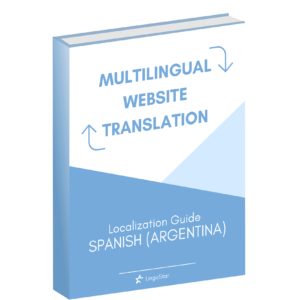If you work with languages, you are likely aware that languages change constantly. Some languages and their speakers change so much that they disappear. Today, we can count an upwards of 600 languages that became extinct. But what can we call a ‘dead language’?
Let’s take Latin for example. Latin has been classified as an extinct language for centuries. No one uses it as a first language anymore and this is why it is a ‘dead’ language. Furthermore, even though people are still studying it, it is an ancient language that was never updated, therefore impossible to utilize in modern society. Despite the fact that Latin is extinct, we still use it today in many different sectors, like science, literature and medicine. Many plants have their names derived from Latin. Also, several languages stem from Latin, like French, Italian, Portuguese, Romanian and Spanish.
The only circumstance where Latin is still used in conversations is in the Vatican and between members of the Roman Catholic Church if they have different mother tongues. Last year in February, Pope Benedict XVI made his resignation speech in Latin, which was a historic moment and proof that Latin is still used.
So, can we really refer to it as a dead language? In terms of Latin being classified as a native language, yes, but it has helped us develop many other languages that are widely used today. In terms of the usage of the language, it is still alive. Due to our experience in the language business, we know that Latin as a language on its own is still used and read.
Here at Lingostar, we know how difficult it is to find fluent translators in extinct or endangered languages, but we do our best to provide the best services possible.
Call us today or send us an email for a free quote!
















